As an Amazon Associate, I earn from qualifying purchases.

Table of Contents
Sharpening Your Chainsaw – Why?
Whether you are a professional carpenter, or you just want to craft stuff on your own, having a chainsaw blade in your toolkit is a great help. It can cut through wood and metal panels quickly, making chainsaws a must-have item for every Do-It-Yourself addict.
But hold on! there is one critical problem that happens to all chainsaw blades. After a specific time, the chainsaw blade will get dull eventually.
What does this mean, then? It means you can no longer feel the sharpness of the edges when you slide your saw through a thick piece of material. It is not a good feeling, isn’t it?
So what can you do to regain the efficiency of your chainsaw blades? The answer is simple enough: let’s sharpen your blade. This process will help you to speed up your cutting process and avoid any possible injury.
Two common techniques can apply to chainsaw sharpening. One way is to use a hand file, and the other way is to make use of a chainsaw sharpener. In our article, we will explore how you can take advantage of both methods.
Keep scrolling down to find out more!
How To Sharpen A Chainsaw Blade With A Hand File?
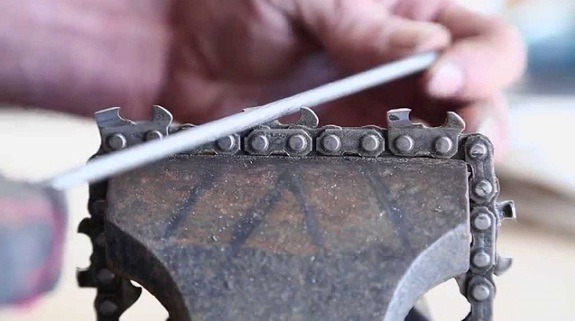
Using a hand tile is a popular way to sharpen a chainsaw blade.
Step 1: Preparation
To achieve a desirable result with your chainsaw blade, you should install a clamp on the working surface. This clamp will keep the blade steady so that the blade does not shift around when you try to sharpen it.
Step 2: Tighten the chainsaw
Make use of a screw and tighten the blade. You must remember to put the screw on a perpendicular angle to the chain. With the accurate adjustment, your blade will be kept in place and will make the sharpening process easier.
Step 3: Mark where you start sharpening
The key to a time-saving sharpening process is never to sharpen a section twice. To prevent this from happening, you should color-code your starting point on the blade.
A marker with bright colors like red or blue will help you to determine the first area. This way, you can keep track of your work effortlessly. And do not worry about this stretch, because once you use your blade again, this mark will disappear.
Step 4: Apply a file guide on your blade
Now, we can finally get to the big job: start sharpening your chainsaw blade with a hand file. But first off, you need to put a file guide on each tooth to ensure a fitting approach.
What exactly does a file guide do, then? Well, a file guide will help you exert the right amount of pressure on each notch of your blade, and make sure your filing is neither shallow nor deep-seated.
Step 5: Sharpen your chainsaw blade with a hand file
let’s embrace yourself for the final step. Once you are sure that your blade is kept stable on the working bench and the file guide is tightly attached to the notch, you can start sharpening the blade.
To perform this task without much difficulty, you should place your file parallel to the chainsaw centerline. Carefully move your file around all the edges. For each tooth, roughly five strokes are enough. You do not have to keep honing the notch for minutes.
Besides the time spent on each tooth, the amount of pressure is another concerning factor. Contrary to popular beliefs, exerting too much strain on sharpening a chainsaw blade is not effective at all.
Instead, all you need to do is to keep the pressure consistent, so that every single tooth is equally sharp and bright.
Once you are done with a tooth, move your file guide to the next part and keep sharpening it until you can experience the cutting edge of your blade.
How To Sharpen A Chainsaw Blade With Chainsaw Sharpener?
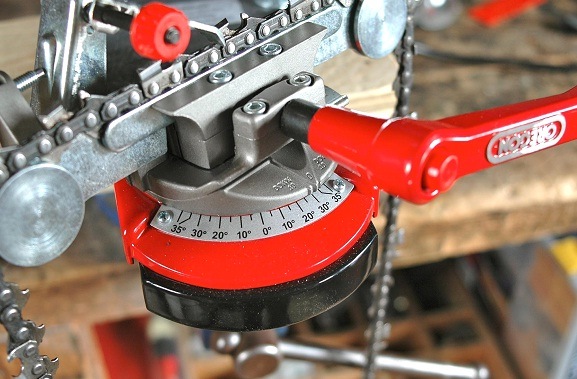
Some people choose to use a chainsaw sharpener to sharpen a chainsaw blade.
Step 1: Preparation
Just like when you try to sharpen your chainsaw blade with a hand file, a chainsaw sharpener also requires some prep work beforehand. Make sure you have dusted off your blade and put it on the table by a clamp.
Since you are relying on an electrical gadget to do the trick, it is worth checking if your sharpener is still in good conditions. Run the grinder for some seconds to see if things are working well.
Step 2: Pick out the suitable angle for your sharpener
A chainsaw sharpener can only do its job if the position is favorable. Place your sharpener on a sturdy surface and make sure it will not move around.
Once you have found the perfect place for your sharpener, it’s time to adjust the components. Measure the width between two teeth of your blade and set the sharpening stone to accommodate this length.
Before getting down to business, you must gently move the chainsaw blade into the holder of the sharpener. The swivel angle varies between 0 degrees to roughly 70 degrees, so you should go with anything that fits your wrist movements.
Step 3: Determine the depth stop of the chainsaw sharpener
If the cut is too deep or too shallow, your blade will suffer from irreversible damages. It can also harm your face and eyes if the blast is explosive.
Therefore, it is of utmost importance that you maintain an ideal depth stop for your grinder. It should be anywhere near the edge of each tooth without stretching below too much.
Step 4: Sharpen your chainsaw blade with a chainsaw sharpener
Finally, let’s turn on your chainsaw sharpener. Once the machine is working, carefully lower the grinding wheel on the first notch. Remember to wear protection because there will be sparks coming out!
For each tooth, it only takes more than a few seconds to complete the task. If you have finished with one thing, then feel free to move on to another. Remember to keep things steady and consistent!
To Sum Up
Sharpening your chainsaw blade can be a challenge, especially for amateurs. Therefore, we are more than happy to offer you our instructions on how to sharpen your chainsaw blade, either by a file or a sharpener.
If you find this article helpful, do not hesitate to bookmark it for later use. And even better, please share it to other people who might need some help with their toolkit!
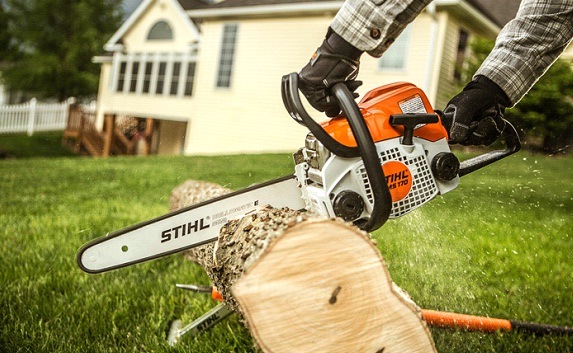
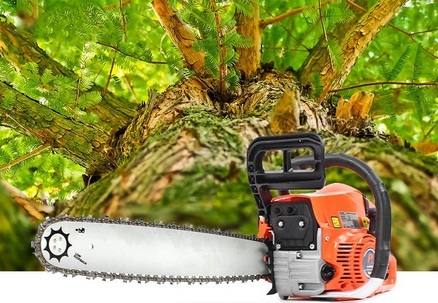

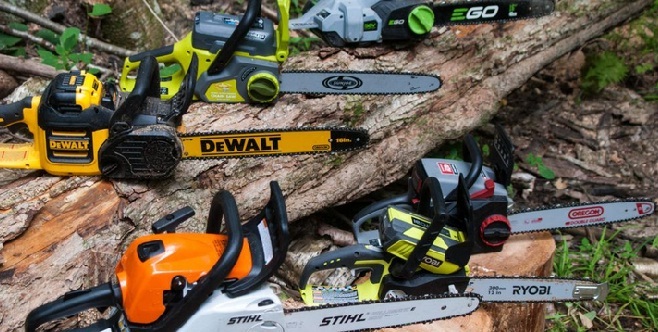
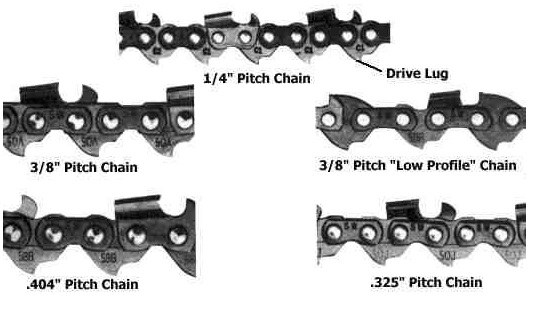
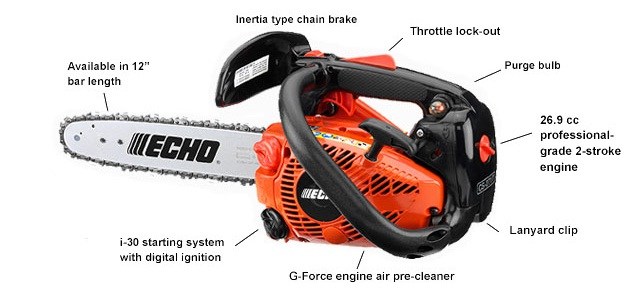
Leave a Reply